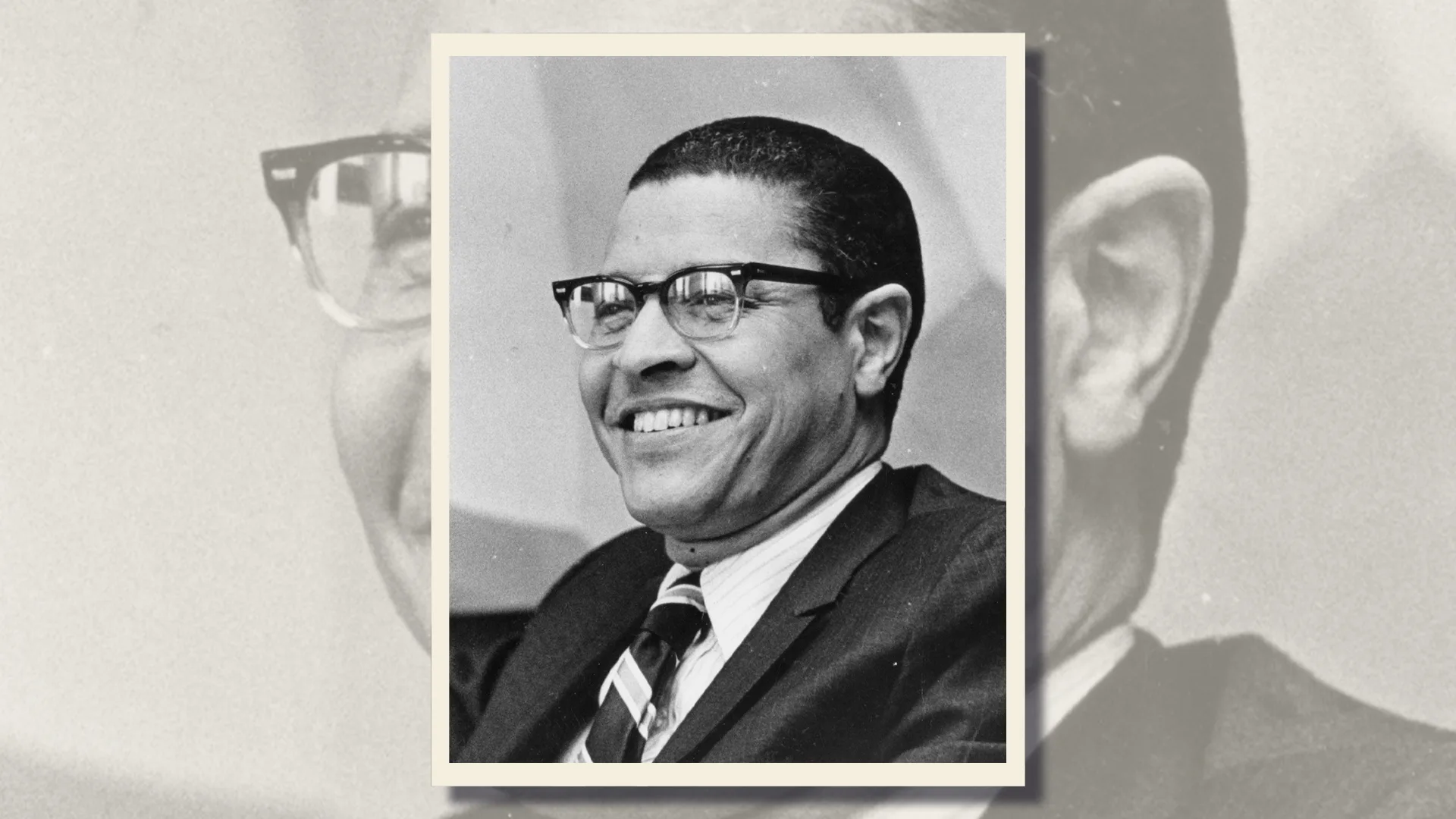Orange, Black and Red Dye No.3: Halloween lessons for the FDA

As America’s children prepare for their annual candy shakedown of America’s grown-ups, it’s time for regulators to get on the (broom)stick and fly in with an important public health intervention. Halloween 2024 is a reminder that the Food and Drug Administration is long overdue for taking an obvious action to make the holiday less scary: banning artificial food coloring.
Doing so would not strip vibrant colors from the nation’s sweets, but it would build on a growing, multi-state trend — and it would prevent a newly viable lawsuit against the FDA for violating the safety standard for food additives.
Consumption of artificial food dyes, in the form of neon-orange candies, chartreuse sports drinks and color-amped dried fruit, has increased five-fold since the 1950s. Worry over the adverse health effects historically centered on risks of cancer, with many colorants pulled from the market after studies showed they could produce tumors. More recently, links between food dyes and cognitive disorders have raised public concern, given that more than 10 percent of U.S. children are diagnosed with ADHD.
Even neurotypical children may show behavioral effects from food colorants. Early warnings were amplified in a 2021 study by California’s Office of Environmental Health Hazard Assessment; after systematically reviewing relevant research, the agency’s scientists concluded with the chilling statement that “synthetic food dyes can impact neurobehavior in some children.”
In the wake of this pronouncement, federal regulation should have become inevitable. Whereas many U.S. laws require agencies to consider costs and to balance risks against benefits when regulating chemicals, the Food, Drug and Cosmetic Act takes a different tack.
First, the act flatly prohibits food additives that can cause cancer. Second, it requires the FDA to ensure that use of a food additive will be “safe,” defined by regulation to mean there is “a reasonable certainty of no harm.” Third, and critically, the law places on industry the burden of demonstrating a food chemical’s safety. Any negative findings or unanswered questions, such as those raised by neurotoxicity studies of food dyes, must be resolved in favor of public protection.
Decades ago, the FDA appeared to understand its charge. In a 1958 brief to the U.S. Supreme Court, the agency vigorously defended its ban of Red Dye No.32, a dye then used to color orange peels that had been shown to harm laboratory animals. The FDA urged that, as to toxicity, “Congress adopted an all-or-nothing attitude” in mandating that artificial dyes could be sustained on the market only if the agency deemed them “harmless.” A unanimous Supreme Court agreed and upheld the dye ban over industry protest.
Two years later, Congress further strengthened the FDA’s hand through legislative amendments that require pre-market approval of artificial food colors based on manufacturers’ toxicity data. This was meant to relieve the FDA of the burden of generating the testing data previously necessary to pull harmful colors from the market.
In recent decades, however, the FDA appears to have lost its prior confidence.
For 16 years, the agency has sat on a well-supported citizen petition requesting a ban on all synthetic food colors. For two years, it has also failed to act on a more surgical petition to ban Red Dye No.3, a dye known to pose cancer risk. The FDA’s reluctance to restrict artificial food dyes notwithstanding a statute firmly on its side is still more baffling given the tremendous recent technical progress in producing natural food dyes that are both vivid and affordable.
Today’s grocery shelves include trail mixes resplendent with high-tone, naturally pigmented magenta and blue chocolates, and jellybeans glowing in bright yet natural yellows and greens. Even processed-food giants are increasingly advertising the beet, turmeric or dragon fruit derivation of their offerings’ still-vibrant pigments. The two key prerequisites for successfully banning an unhealthful product are thus firmly in place: strong legal authority and ease of ingredient substitution.
In the face of FDA’s unresponsiveness, activists have redirected their advocacy to state legislatures, scoring major successes in 2024. California banned Red No.3 entirely, and five additional synthetic colors in meals served in public schools. Ten other states then introduced bills banning specific food dyes. As a result, FDA’s hand has finally been forced. In September, the agency held a public meeting to announce its intent to re-assess all color additives on the market.
While this action is welcome, FDA’s track record suggests regulatory progress will be both sluggish and partial. In this context, the agency would do well to consider a new source of peril more potent than reputational risk: the Supreme Court’s decision in Loper Bright Enterprises v. Raimondo, which compels courts to look to Congress’s words rather than agency interpretations when assessing the legality of agency action. In the case of color additive law, FDA’s departure from the plain language of the statutory safety standard is stark, and ripe for legal challenge.
Whatever the FDA’s motivation for doing the right thing, this Halloween's loot reminds us that it is long past time for the agency to deliver the treat that America’s children deserve.
Claudia Polsky is a clinical law professor at UC Berkeley School of Law and the director of its environmental law clinic.
Topics
-
Some Halloween candy includes cancer-linked Red Dye 3, watchdog says
Top stories - CBS News - October 24 -

Eye-opening lessons, special encounters - Sexton on All Blacks
Top stories - BBC News - November 5 -

How To Make Dyes And Dye Armor In Minecraft
Tech - GameSpot - November 7 -

FDA finds 'black mold-like substance' during Tom’s of Maine facility inspection
Politics - The Hill - Yesterday -

3 leadership lessons we can learn from ethical hackers
Tech - VentureBeat - 3 days ago -

3 Leadership Lessons From MrBeast’s Toughest Year Yet
Business - Inc. - 2 days ago -

Excellence Exemplified: Leadership Lessons From the Life of Clifton Wharton Jr., Pioneering Black CEO
Business - Inc. - 6 hours ago -
Voters in 3 red states cast ballots on paid sick leave
Top stories - CBS News - November 1
More from The Hill
-

Donalds ‘not surprised’ Trump hasn’t named him for position in new administration
Politics - The Hill - 24 minutes ago -

American Airlines expanding technology, cracking down on line cutting ahead of holiday travel
Politics - The Hill - 25 minutes ago -

Democrats will push for release of Gaetz report despite withdrawal from AG running
Politics - The Hill - 31 minutes ago -

Ocasio-Cortez: Mace, Johnson 'endangering all women and girls' with bathroom ban
Politics - The Hill - 32 minutes ago -

Donald Trump is not a fascist. Why that label is inaccurate.
Politics - The Hill - 32 minutes ago